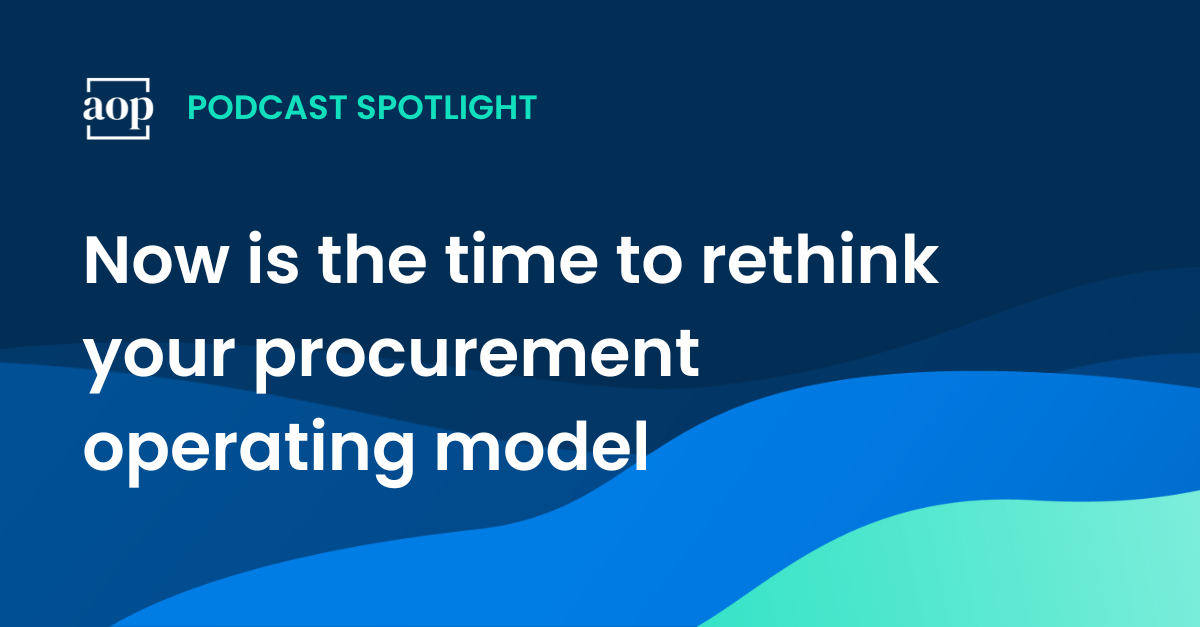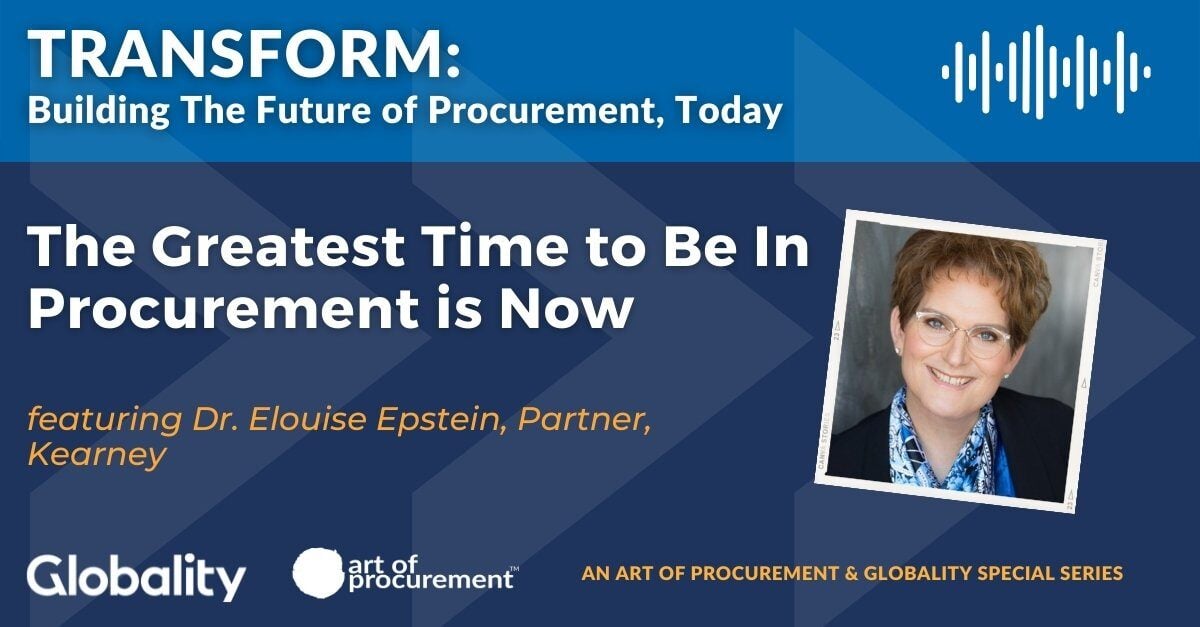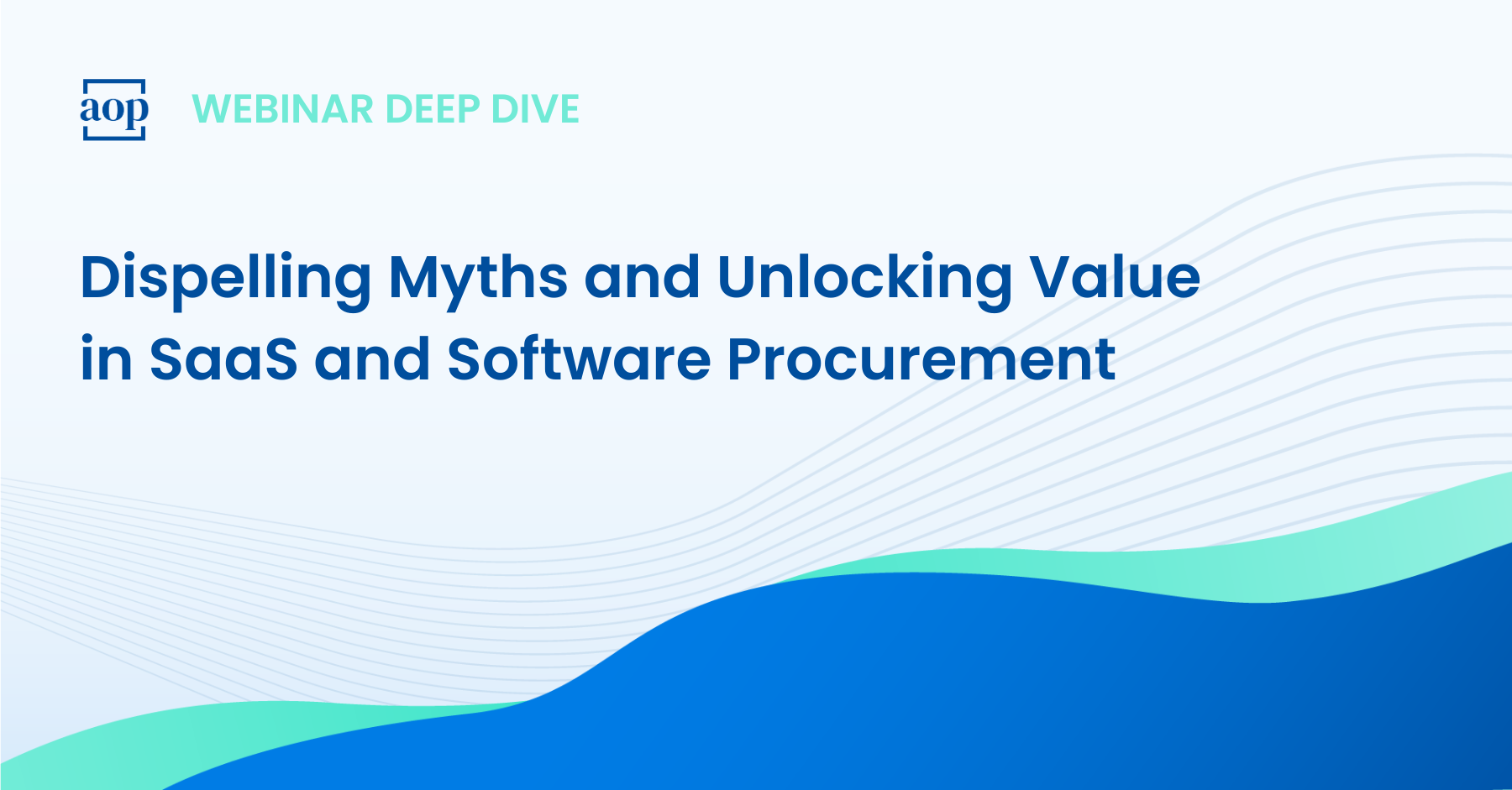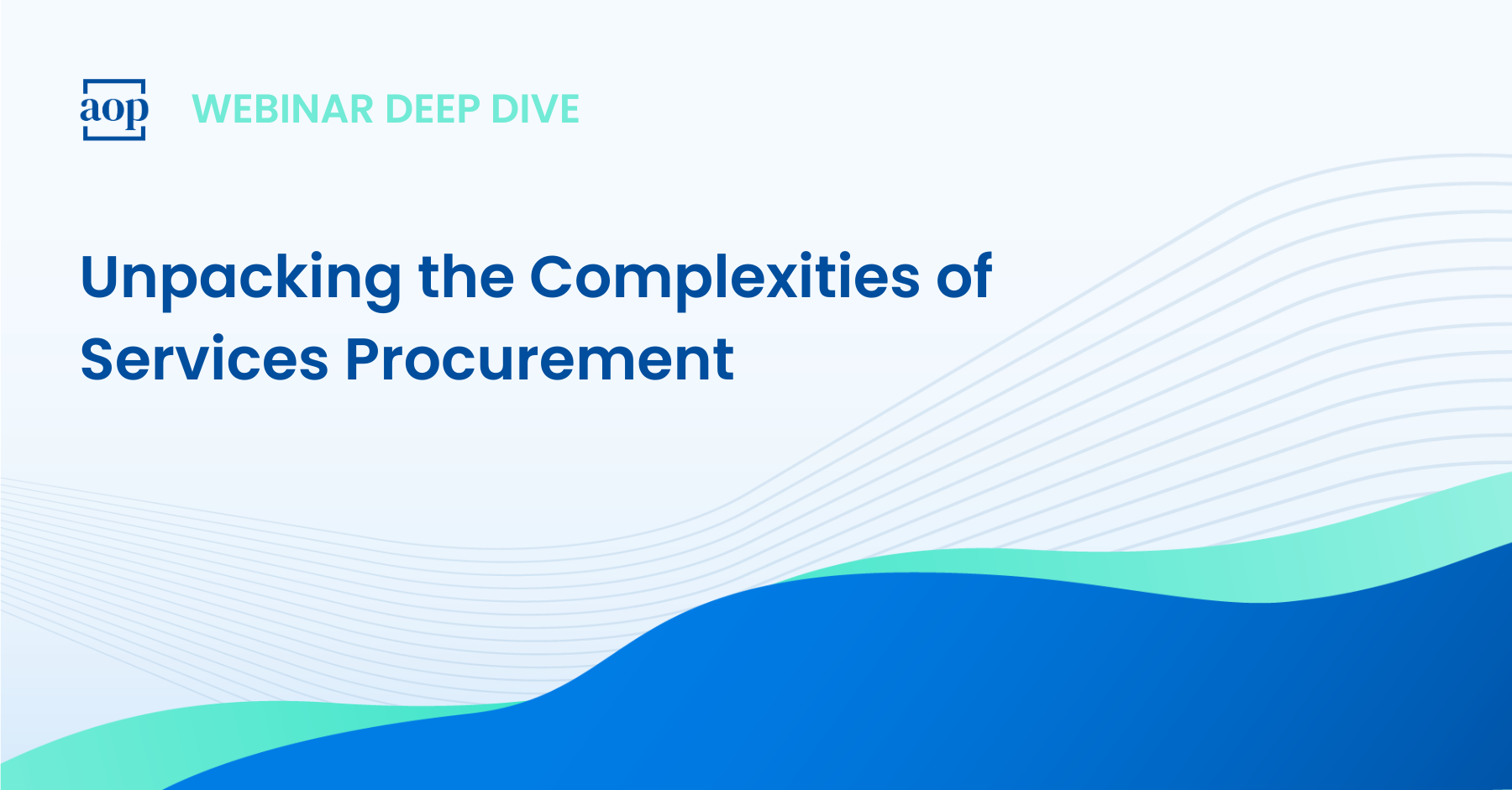1 min read
Now Is the Time to Rethink Your Procurement Operating Model
Philip Ideson : April 25, 2023

Procurement is always adjusting how they operate and align with the business to ensure that they are positioned to satisfy the most critical objectives.
This means two things in practice:
- There is not one procurement operating model that will apply effectively across all companies.
- Procurement operating models are (or should be) constantly changing.
Art of Procurement recently hosted an AOP Live session featuring Jake Taylor, Senior Director of Advisory at ProcureAbility to discuss how procurement can strengthen their operating model by rethinking, reflecting, and reexamining it in response to both internal and external factors.
One of the key points he made early in the conversation was that now is the time for procurement to consider whether their operating model is setting them up for success. Many companies – especially those with global supply chains – faced supply disruptions over the last few years. Looking at what worked, what did not, and what might make a difference in the future may offer valuable insight into where procurement should ‘sit’ geographically and organizationally.
We also discussed the fact that procurement’s operating model is usually closely linked to the level of control that the leadership team feels is needed at any given time. In growth mode, they are likely to emphasize purchasing speed instead of oversight. If cash flow tightens, that will reverse. Both models require alterations to procurement process, policy, and relationships with the business.
As Jake said, “The classic pros and cons between centralized and decentralized procurement are based on the balance between speed and control. A decentralized model focuses more on the speed of getting product to the stakeholders whereas a centralized model focuses more on the controls – where procurement ensures that the company’s money is being spent effectively with value, with the right suppliers, and with risk in mind.”
And, of course, there is always middle ground as well. Hybrid operating models attempt to walk the line between speed and control. In a hybrid model, procurement typically has centralized ownership over policies, procedures, roles, and responsibilities while strategy and execution sit with the business. This makes it possible to have consistent frameworks with localized or customized approaches, ultimately providing a better procurement experience to each business unit or location.
Watch the full session on demand: Rethink, Reflect, Reexamine: Strengthening Global Procurement Operating Models




